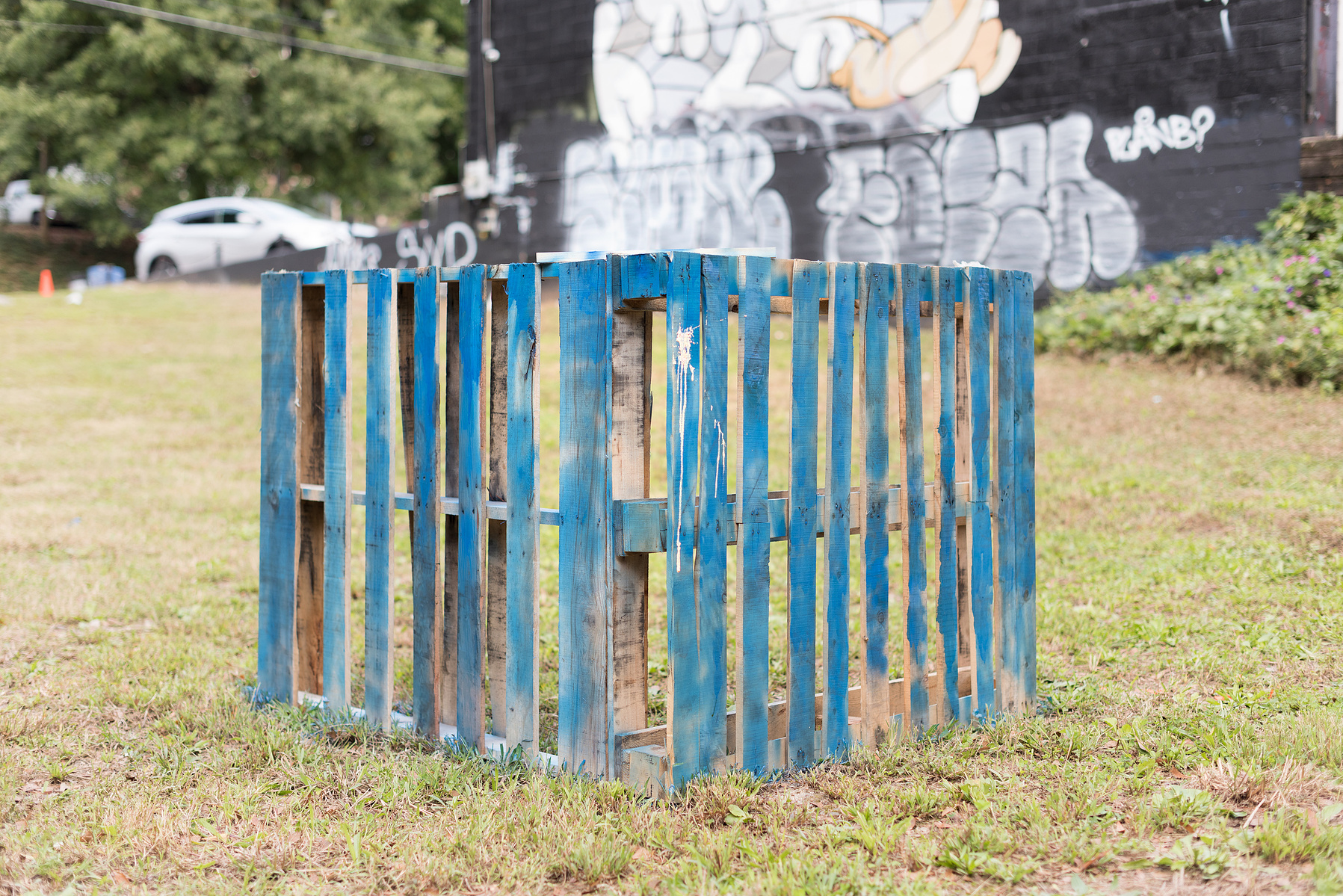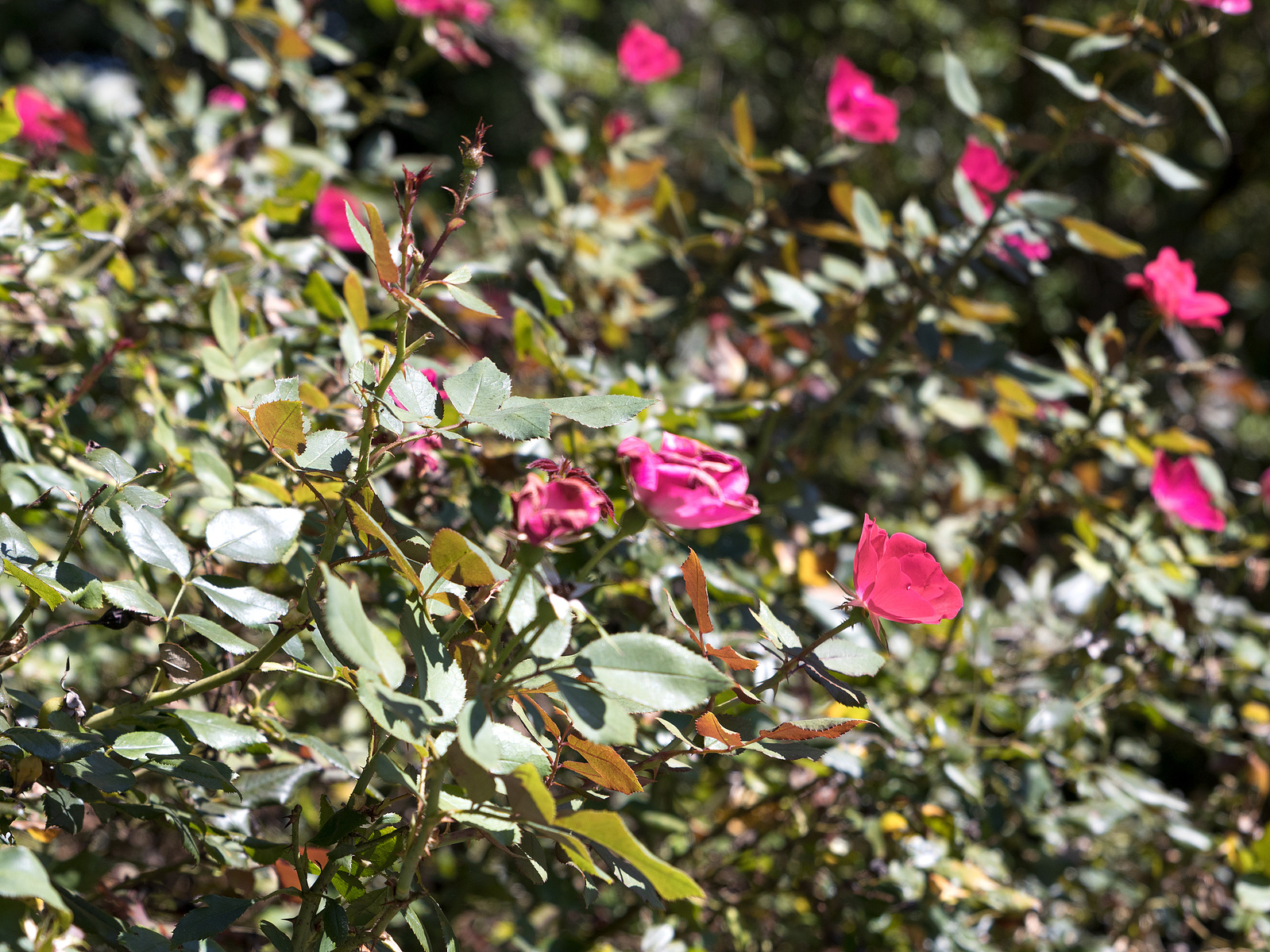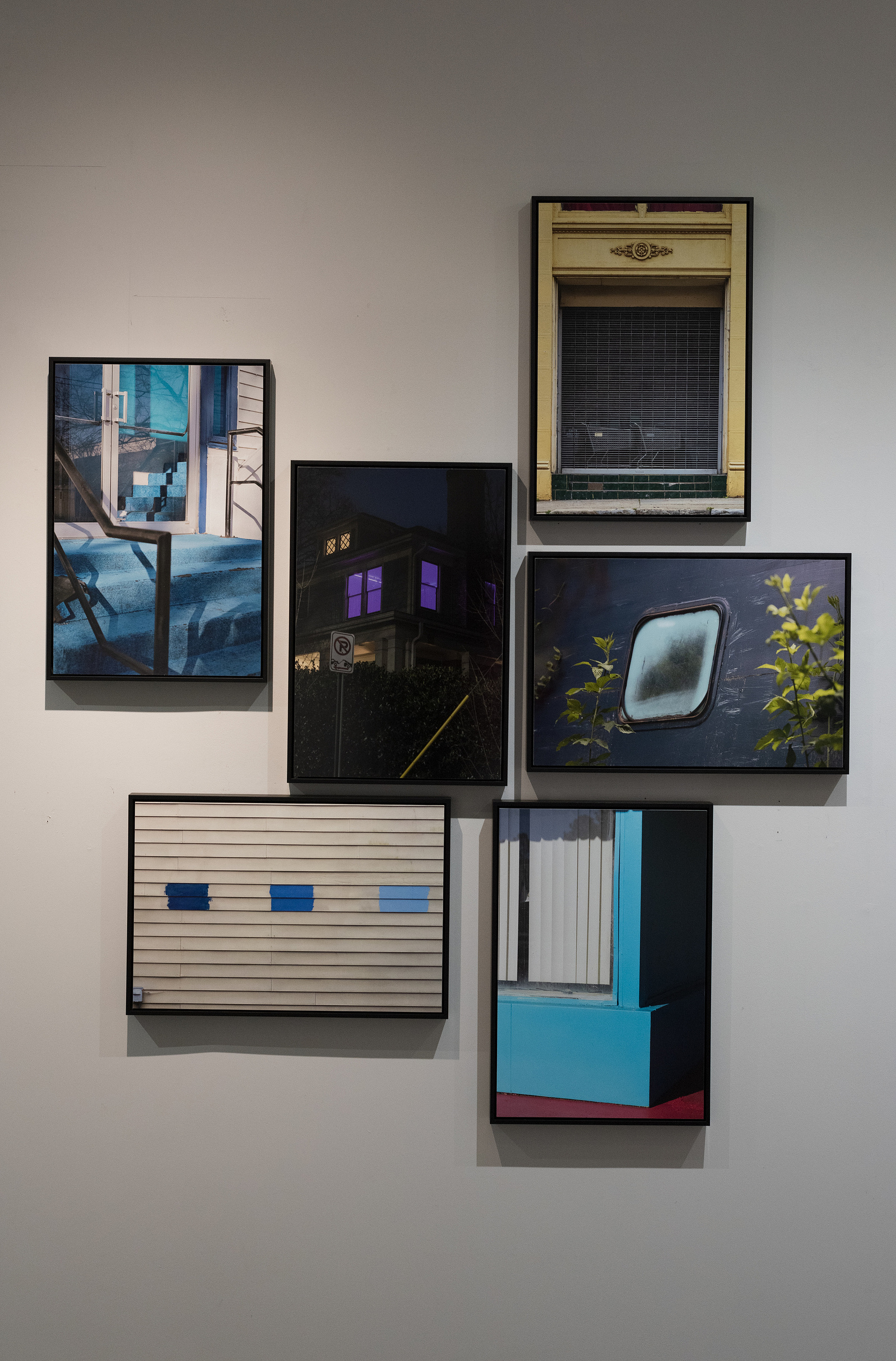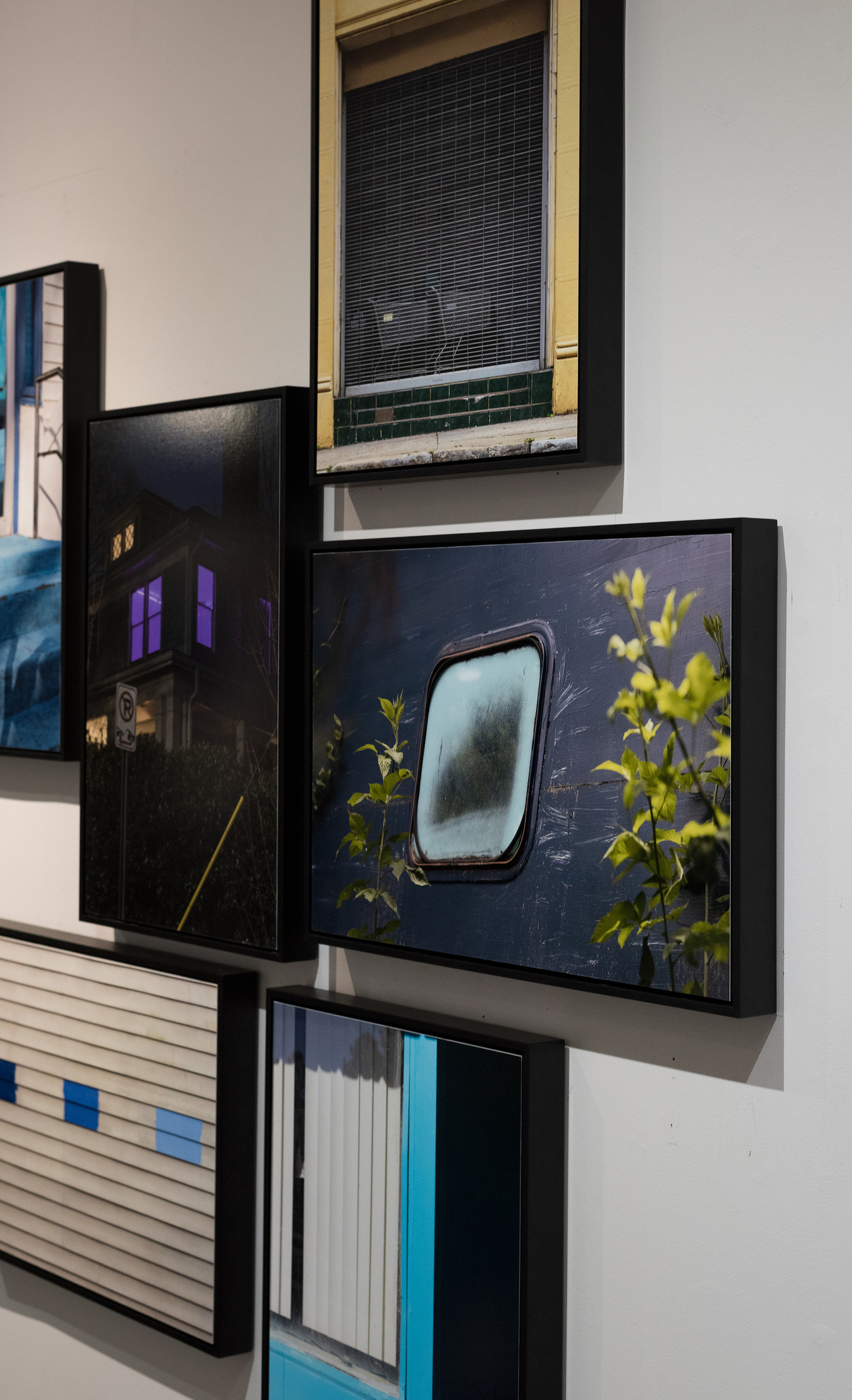Tim Davis writes “Photographs are revelations, not representations. They don’t stand for anything. They are autonomous experiences alongside, conjoined with, real experiences”. I read this as one of the first times that I have heard a photographer speak about their work as a pure art form. Not an attempt to document reality, but an acknowledgement of the medium's limitations and an active embrace of the advantages afforded. This final semester, I strive to create work that lives this sentiment. Taking inspiration from the changing landscape surrounding me. Watching it change with admiration. I look to celebrate the profundity of the machine that is an urban city environment. Culture is lost and found again; it changes as the wind blows. I believe that photography allows for this lyrical description of place and style of art making. A capturing of a moment, but an understanding that this is a manufactured frame. With this in mind, I am not telling anyone’s story. Assuming the lives of others, but creating my own story about what I see is being covered by asphalt and found within the leaves.
A sentence within a paragraph. A sign of the inescapable nature of urban life. Creating a more holistic narrative that I feel is less legible when one aspect is subtracted.
These are the types of stories and assumptions I wish to provoke in the viewers of my own work. A look at A CITY, not a documentation of Atlanta, but rather a generic relatable city that is investigated as it wishes to be.
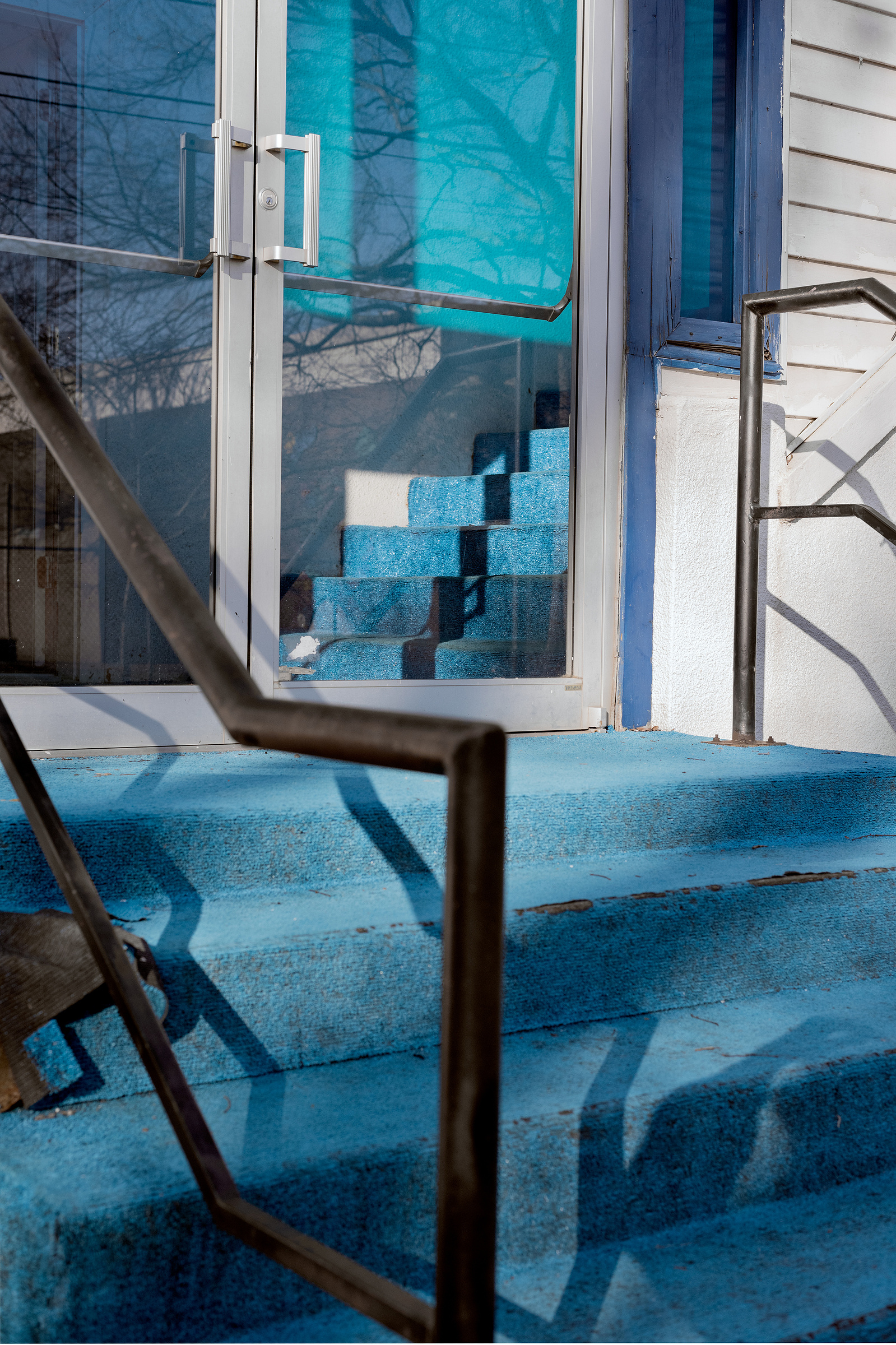

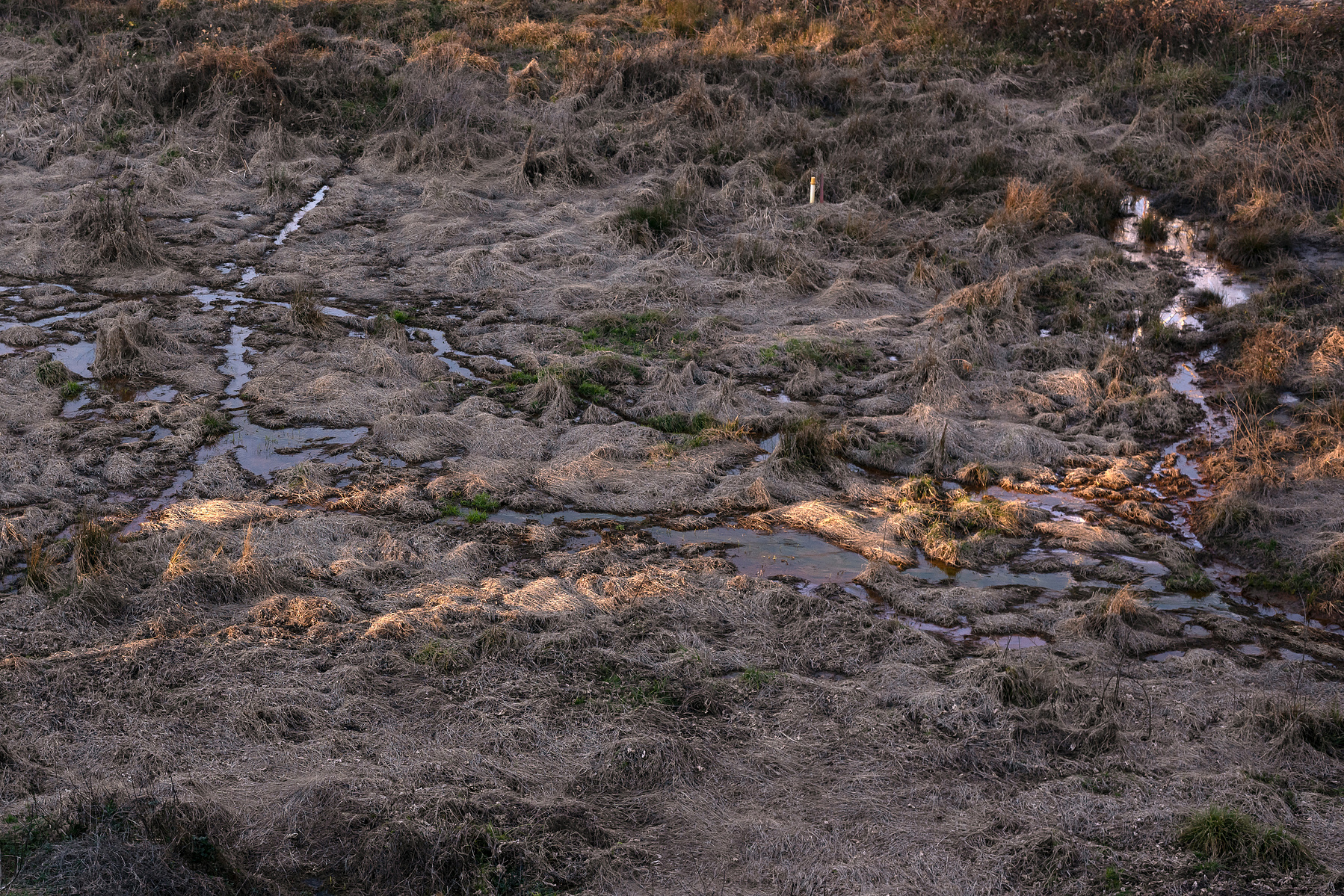

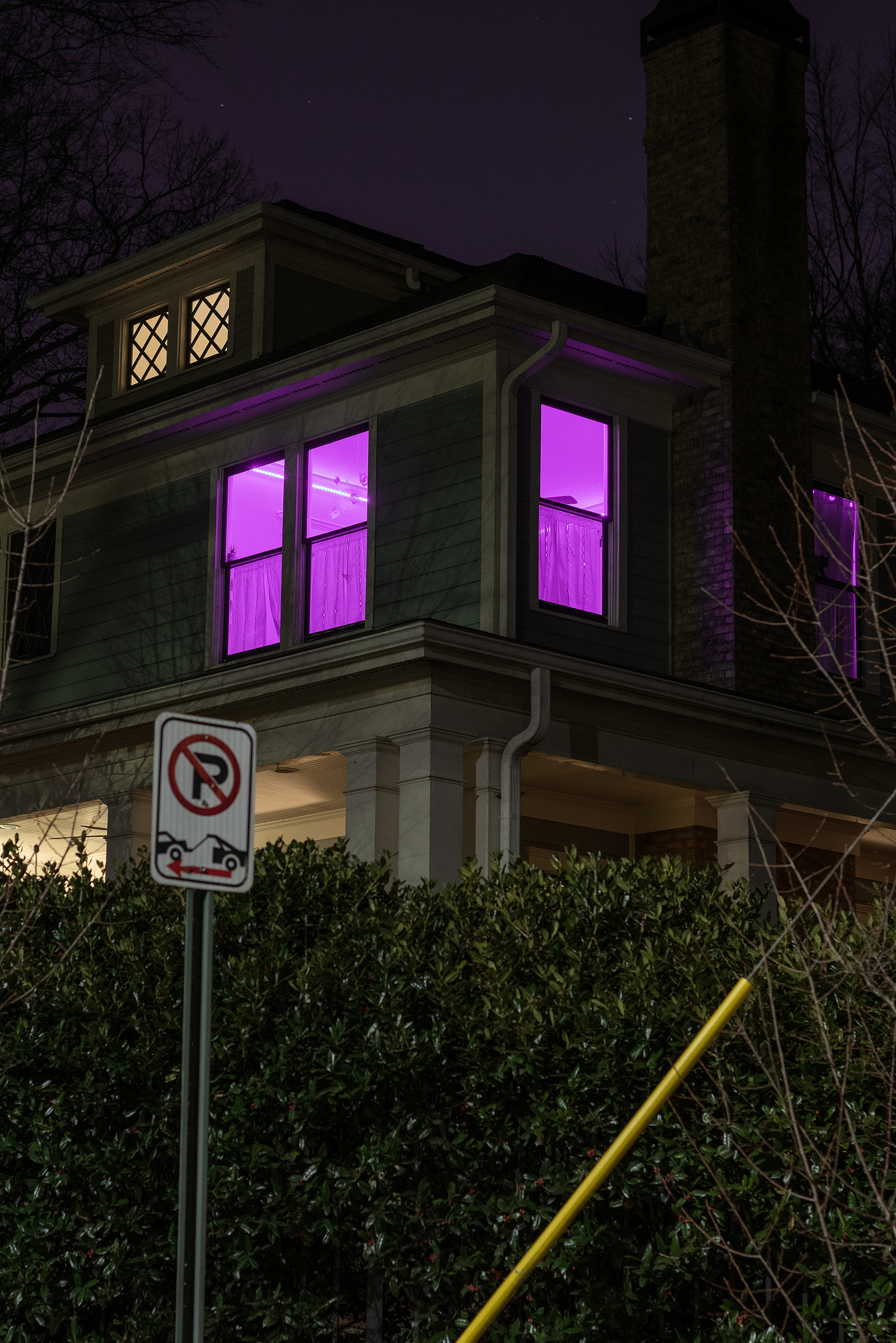

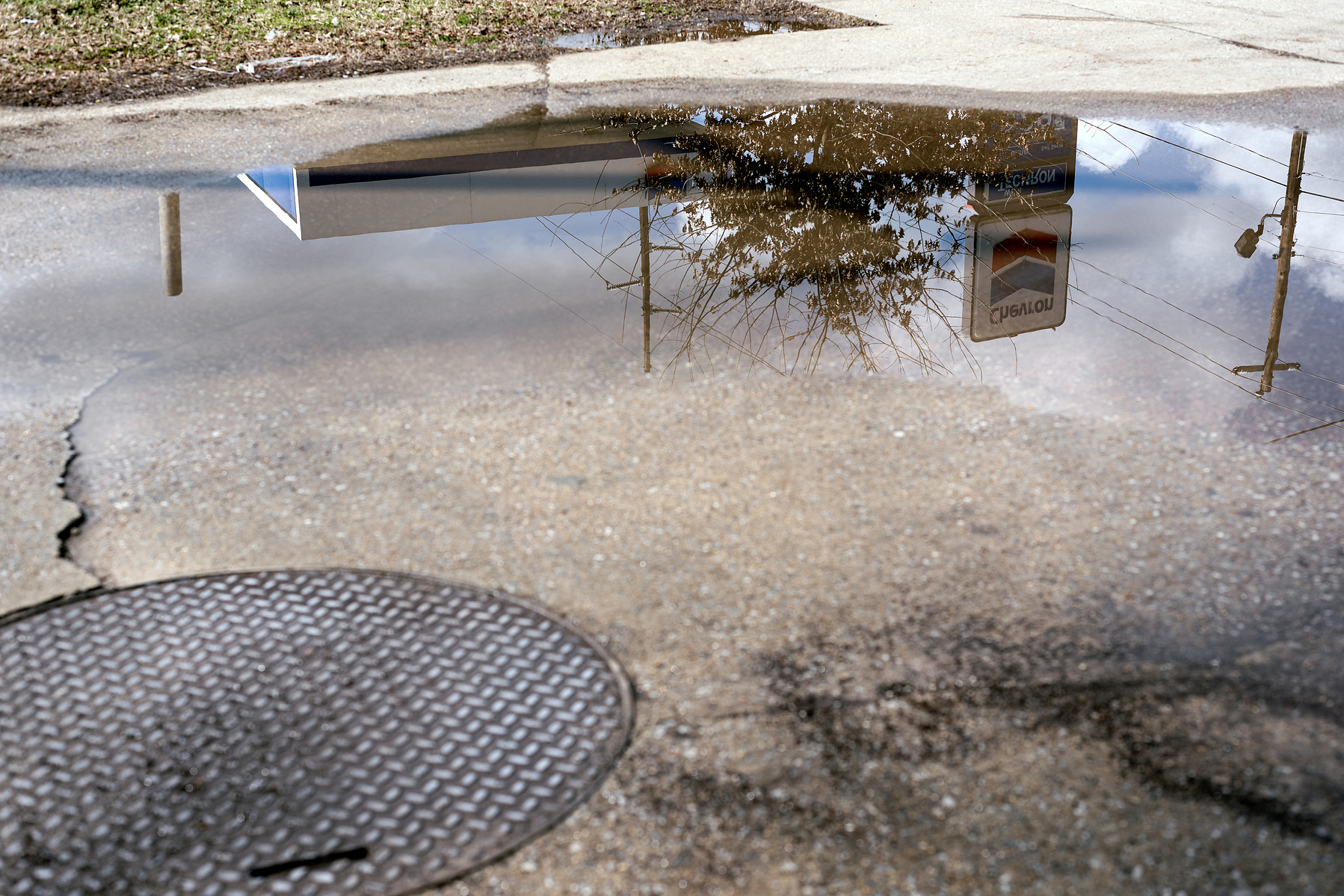
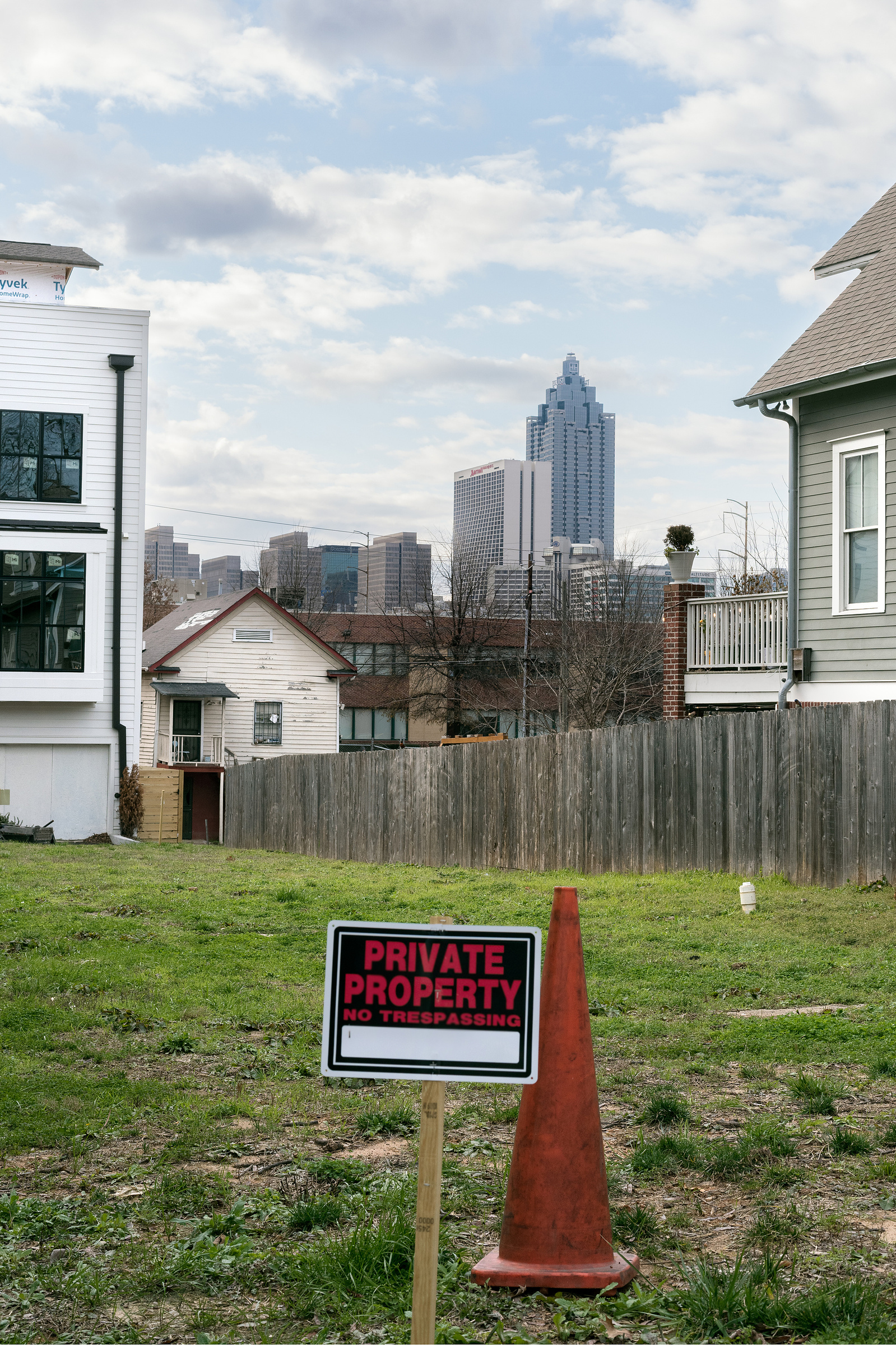

Creating work in a fictional narrative form has been a staple of the current generation of photographers. Tim Davis, Gregory Halpern, Todd Hido, and Jason Fulford, to name a few, use this technique effectively. Guiding their viewers through a space only the artist sees. The fascinating aspect of this work style is its endless well of possibility and innovation. Artists like Tim Davis and Gregory Halpern focus on people and communities within their work. Not coming from a place of knowledge or superiority, but an actual area of interest. They depict the community how it manifests in front of them, not documenting a factual space or attempting to make some significant statement on the affairs of said community.
Todd Hido can convey the same level of emotion but without the presence of a portrait. I am thinking of his books "House Hunting" and "Outskirts." He creates narratives of space focusing on the evidence of human intervention. A light on in the dead of night. A car with a thin layer of snow underneath it, a fence that appears as if it would break if you walked past at anything but a snail's pace. You can almost hear the silence of a suburban night when you look through his photographs.
Novels function in the same way as narrative photography. Neil Gaiman is a very accomplished author of numerous novels and short stories. It is not as if he has reinvented the wheel for fiction in general. Still, Gaiman successfully crafts this universe grounded, somehow, in the reality that the reader occupies. Gaiman takes inspiration from the people he meets and the places he visits. Much in the way that an artist takes influence from their experiences. Gaiman speaks to this somewhat in his tenth-anniversary edition of "American Gods." He urges his readers that this book, while rooted in truthful places and landmarks, is not a roadmap of the United States. He takes direct inspiration from real experiences and converts them into autonomous ones.
There is always space for more stories. Every person has a unique perspective that only they can comprehend. Photography allows that fictional space to live in the real world, on the walls, or in a book.
